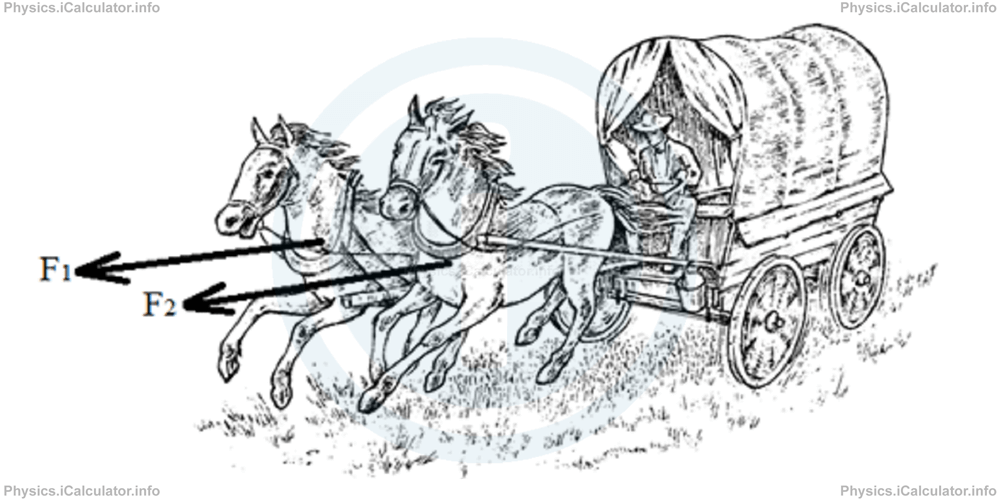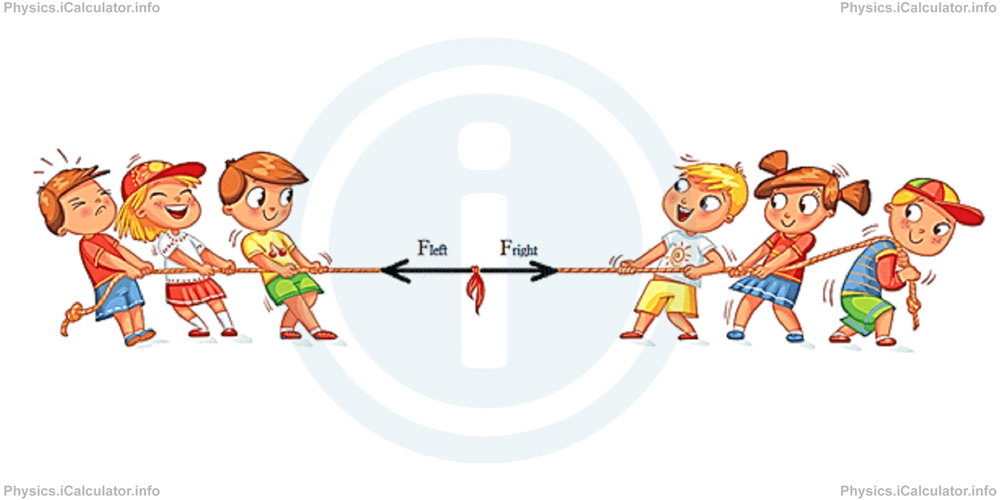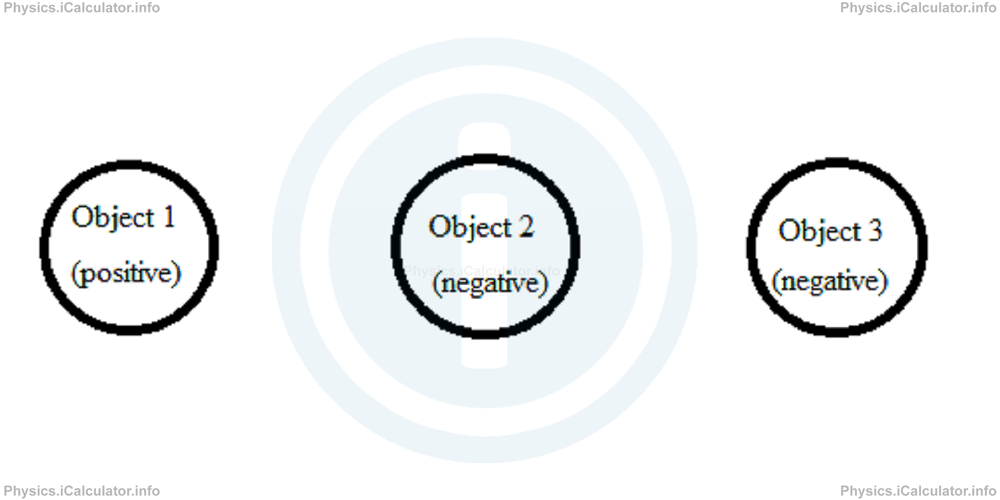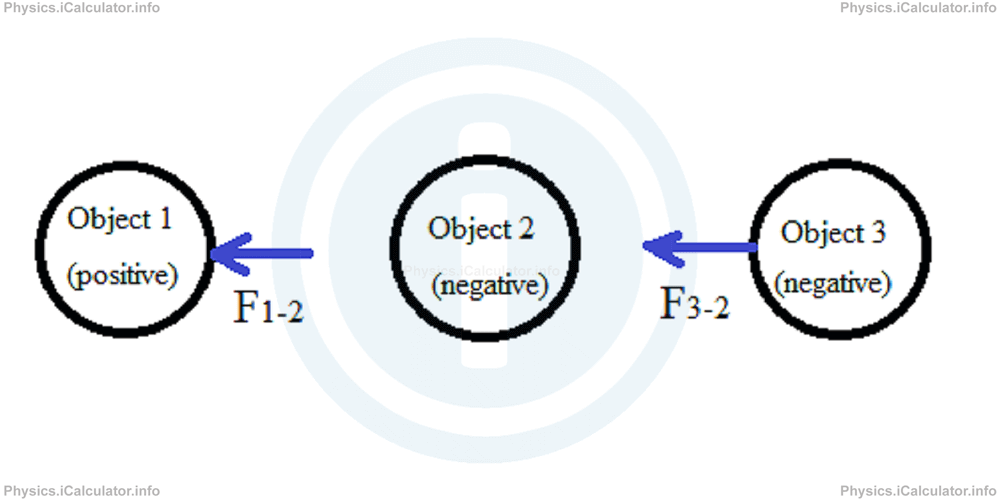Menu
Physics Lesson 2.2.2 - Addition and subtraction of vectors in a straight line. The meaning of resultant vector
Please provide a rating, it takes seconds and helps us to keep this resource free for all to use
Welcome to our Physics lesson on Addition and subtraction of vectors in a straight line. The meaning of resultant vector, this is the second lesson of our suite of physics lessons covering the topic of Addition and Subtraction of Vectors, you can find links to the other lessons within this tutorial and access additional physics learning resources below this lesson.
Addition and subtraction of vectors in a straight line. The meaning of resultant vector
This is the simplest case of the vectors addition. For example, if two horses are pulling the same cart, there are two forces acting in the same direction although the application point is slightly different (figure 4). On the other hand, when two groups of people are playing the rope-pulling game, we have again two forces acting in a straight line but in opposite direction (figure 5).

Figure 4. Forces acting in the same direction

Figure 5. Forces acting in the opposite direction
It is obvious that we must combine the vectors to calculate their overall effect. This effect is known as "resultant" of two or more vectors. Thus, the resultant vector represents either the sum or the difference of two or more vectors acting on the same object or system.
The resultant vector is a single vector that virtually replaces the actual vectors and gives the same effect in the object or system. It is often denoted as V⃗net (net vector) as well. V⃗ is a generalization. It may represent any vector quantity.
In the first case (figure 4), we have to add the vectors and in the second (figure 5), we have to subtract them. Therefore, the resultant force vector in these two cases is
and
Thus, the first equation is an example of vectors addition and the second one, an example of the vectors subtraction.
In few words, if we add two vectors in a straight line, the result is a new vector whose magnitude is equal to the sum of magnitudes of each single vector and if we subtract them, the result is a new vector whose magnitude is equal to the difference of magnitudes of each single vector.
Important remark! In Algebra, there are not 4 basic mathematical operators (addition, subtraction, multiplication and division) but only 2 instead. They are addition and multiplication. Subtraction is considered as "addition with the opposite" and division as "multiplication with the inverse". For example,
and
This is true for vectors as well. Thus, if we set a positive direction (usually the right side but it is not necessary meant to be so), the opposite side will be the negative. In the second figure shown above, if we consider F⃗right as positive, then F⃗left will be negative. Therefore, instead of writing
we can write
Therefore, to avoid confusion, it is better to "forget" the subtraction of vectors, and whenever there is a situation involving vectors with opposite direction, consider it as "addition with the negative".
Example 1
Three electrically charged objects are placed in a straight line as shown in the figure.

The magnitudes of electric forces acting on the second object are |F⃗1-2| = 24 N and |F⃗3-2| = 45N. Calculate the resultant force acting on the "Object 2" considering the rule "like charges repel each other while unlike charges attract each other."
Solution 1
Giving the abovementioned rule, it is easy to deduce that the "Object 2" will be attracted by the "Object 1", and it will be repelled by the "Object 3". Therefore, both forces acting on the second object will be oriented due left.

(F1-2 means the force exerted by the object 1 to the object 2 and F3-2 means the force exerted by the object 3 to the object 2.)
Therefore, the magnitude of the resultant force (net force) acting on the Object 2 will be the sum of the magnitudes of the two forces. Thus,
= 24N + 45N
= 69N
It is clear the direction of the net force will be due left as well.
Addition and subtraction of vectors that are not in a straight line (are not linear)
When vectors do not lie in the same line, it becomes more difficult to find the resultant vector. However, we can use the concept of components (see Physics Lesson 2.1.2 "Vectors and Scalars in Physics") to ease the calculation of the magnitude and direction of the resultant vector. But first, you must know the two techniques used to draw the resultant vector. They are:
You have reach the end of Physics lesson 2.2.2 Addition and subtraction of vectors in a straight line. The meaning of resultant vector. There are 5 lessons in this physics tutorial covering Addition and Subtraction of Vectors, you can access all the lessons from this tutorial below.
More Addition and Subtraction of Vectors Lessons and Learning Resources
Whats next?
Enjoy the "Addition and subtraction of vectors in a straight line. The meaning of resultant vector" physics lesson? People who liked the "Addition and Subtraction of Vectors lesson found the following resources useful:
- Resultant Vector Feedback. Helps other - Leave a rating for this resultant vector (see below)
- Vectors and Scalars Physics tutorial: Addition and Subtraction of Vectors. Read the Addition and Subtraction of Vectors physics tutorial and build your physics knowledge of Vectors and Scalars
- Vectors and Scalars Video tutorial: Addition and Subtraction of Vectors. Watch or listen to the Addition and Subtraction of Vectors video tutorial, a useful way to help you revise when travelling to and from school/college
- Vectors and Scalars Revision Notes: Addition and Subtraction of Vectors. Print the notes so you can revise the key points covered in the physics tutorial for Addition and Subtraction of Vectors
- Vectors and Scalars Practice Questions: Addition and Subtraction of Vectors. Test and improve your knowledge of Addition and Subtraction of Vectors with example questins and answers
- Check your calculations for Vectors and Scalars questions with our excellent Vectors and Scalars calculators which contain full equations and calculations clearly displayed line by line. See the Vectors and Scalars Calculators by iCalculator™ below.
- Continuing learning vectors and scalars - read our next physics tutorial: Multiplication of a Vector by a Scalar
Help others Learning Physics just like you
Please provide a rating, it takes seconds and helps us to keep this resource free for all to use
We hope you found this Physics lesson "Addition and Subtraction of Vectors" useful. If you did it would be great if you could spare the time to rate this physics lesson (simply click on the number of stars that match your assessment of this physics learning aide) and/or share on social media, this helps us identify popular tutorials and calculators and expand our free learning resources to support our users around the world have free access to expand their knowledge of physics and other disciplines.